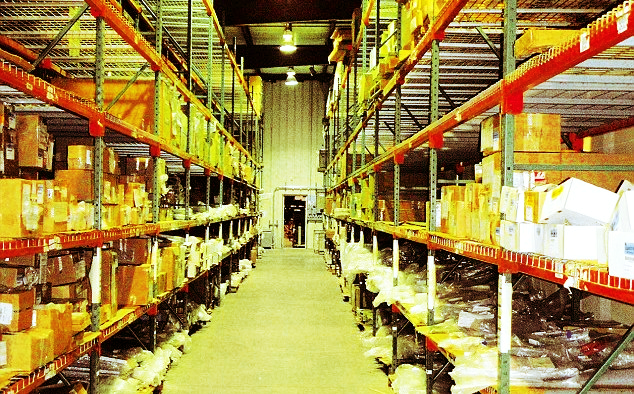In a world of non-stop AOGs, the evaluation of the aircraft can give us one more hurdle...

Consumables.
Many years ago (years I rather not try to recount) Legos was my toy of choice.
Besides the GI Joes and Hot Wheels of course.
Lego is a toy that inspires creativity and it's something to build from scratch. Piece by piece, color by color. You can make something spectacular or have a pile of useless toy bricks.
These toy bricks are a lot like aircraft consumables.
Use the wrong piece, order the wrong product, lose an important component, and you have a messy maintenance project. One that’ll lead to AOGs, lost revenue and a stressed out you.
Consumables are an integral part of airlines maintenance operations. But of course you know this.
Any way you think of it, it’s difficult keeping up with new sealant specs, higher assembly numbers and bad information. More importantly, chasing down problems is counterintuitive...and costly to you.
Dealing with hundreds of airlines, I've heard and seen it all.
Not being consumed by aircraft consumables takes a strategy.
Create a plan of attack
How do you go about ordering your consumables?
Is it a blind RFQ to hundreds of people, or do you have a method behind your madness?
Whether it's 3M 398FRP white cloth tape or window sealant, sit back and think about the most effective distribution for you.
Some things to think about are your future needs, expiration date, HAZMAT, and transport.
If you have a long consumable list think about the logistics and the time it'll take you to process the requirement. Once you start getting into multiple line items you risk increases for possible problems.
Don't process your long consumable list immediately. Think about how your requirement will best be served and follow a plan of attack that accomplishes just that.
Establish a forecast
If there's one word that can cause stress and resolve hundred of problems at the same time, it's forecast.
When you think of forecasting you're bound to think of reports, list building, statistics, and 10 others things that are "hair pull" worthy.
Relax.
Forecasting is actually not that difficult and it will save you countless of hours processing orders and thousands of dollars in inventory.
Lets look at a good example I mentioned above, the 3M 396FRP tape. Lets say last year you bought a total of 144 rolls divided between 3 orders. Now factor in the cost of each roll, processing time, and freight and you get close to an accurate per unit cost.
Over the next 12 months you forecast the same consumption rate. Building this forecast allows you to have the tape in stock when and as you need it. No overbuying or stocking for long periods of time. It significantly cuts processing and holding cost.
This is the primary purpose of our JIT program. You would receive 12 rolls per month as a part of your monthly JIT consolidation. No POs, no shipping instructions, it just shows up at your door.
Forecasting generates simplicity and simplicity saves you time and money.
Having a “go-to” resource
When you have a problem, whose your external resource?
Having internal resources is great but what if engineering tells you need Cargo Gel Tape?
Where do you go, who do you ask, who can best serve your needs?
Having a professional external resource that has your best interest at the front of everything they do is crucial.
They'll help you solve consumable hurdles, answer your questions about specification, and most important they’ll work with you to streamline your consumable distribution.
Relying on that "go-to" source will save you countless hours.
Your time is scarce and consumables have a tendency to peak their little heads and consume much of your day.
Problems are inevitable and it takes pre-thought planning, accurate forecasting, and reliable partners to alleviate most of your headaches.














